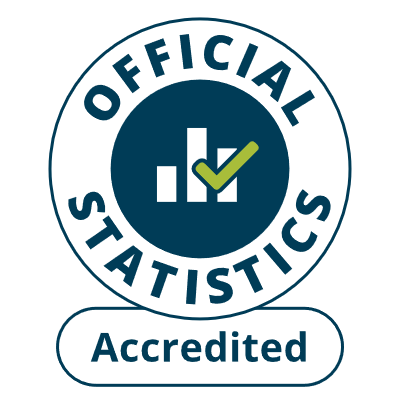
 Indicator data by Rural/Urban-Classifications - Adults With No Qualifications
Indicator data by Rural/Urban-Classifications - Adults With No Qualifications
None
|
||||||||||||||||||||||||||||||||||||||||||||
Metadata
- High level information
- Summary information
- Statistical quality information
- Weblinks
- Keywords
- Open Data
Title
WIMD 2014 Indicator Data - RULast update
1 December 2015Next update
TBCPublishing organisation
Welsh GovernmentSource 1
Welsh Index of Multiple Deprivation, Welsh GovernmentContact email
stats.inclusion@wales.gsi.gov.ukDesignation
National StatisticsLowest level of geographical disaggregation
Lower-layer super output areasGeographical coverage
WalesLanguages covered
English and WelshData licensing
You may use and re-use this data free of charge in any format or medium, under the terms of the Open Government License - see http://www.nationalarchives.gov.uk/doc/open-government-licenceGeneral description
WIMD is the Welsh Government’s official measure of relative deprivation for small areas in Wales. It is designed to identify those small areas where there are the highest concentrations of several different types of deprivation. As such, WIMD is a measure of multiple deprivation that is both an area-based measure and a measure of relative deprivation.Data collection and calculation
See information contained in weblinks.Data reference periods
See information contained in weblinks.Users, uses and context
See information contained in weblinks.Rounding applied
See information contained in weblinks.Statistical quality
See information contained in weblinks.Weblinks
Website http://gov.wales/wimdFull report http://gov.wales/docs/statistics/2014/141126-wimd-2014-en.pdf
Technical report http://gov.wales/docs/statistics/2014/141218-wimd-2014-technical-en.pdf
Website http://gov.wales/statistics-and-research/welsh-index-multiple-deprivation-indicator-data/?skip=1&lang=en






 Measure1 Total
Measure1 Total